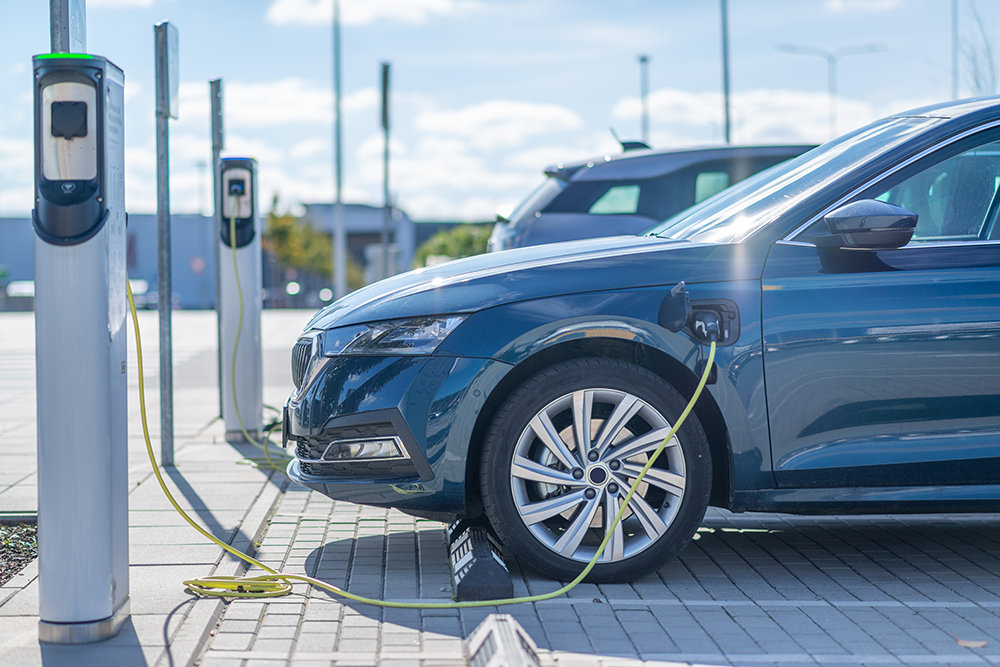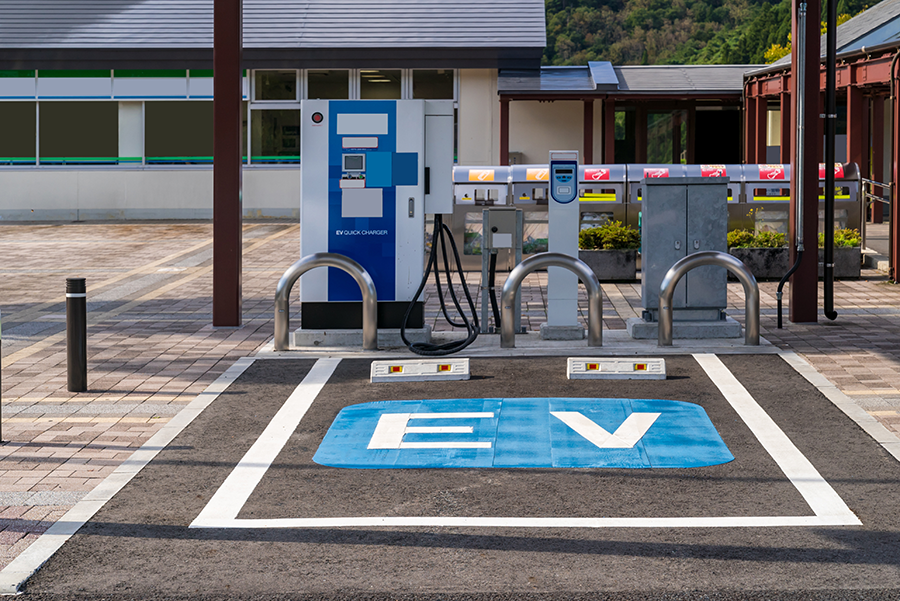Over the past few years, the rapid rise of electrified vehicles has reshaped both the new and used car markets across Europe. While demand for battery-electric vehicles (BEVs) continues to grow, the transition has also revealed challenges that were not as pressing in the internal combustion engine (ICE) era. Three recent articles from Autovista24 and Parkers highlight some of the key dynamics shaping the EV sector in 2025: the need for better transparency in the used EV market, the changing landscape of EV sales across Europe, and the stabilization of second-hand EV prices after a turbulent decline. Together, these articles illustrate an industry that is moving toward maturity, though still facing hurdles that must be addressed to secure consumer trust and long-term growth.
Europe: which brands have the best-selling EVs?
The first half of 2025 brought impressive growth in electric vehicle sales, with close to 1.8 million units registered, a 23.8% increase compared with the same period in 2024. In the second quarter, BEVs represented nearly 66% of all EV sales (BEVs and PHEVs), showing that the full-electric segment is taking an increasingly dominant share over plug-in hybrids.
In the first six months of 2025, the brand which took the lead of market share is Volkswagen. The German brand sold more than 200,000 EVs in the first six months of the year, securing an 11.4% share of the market and increasing by more than two times its volume compared with the previous year. Three of Volkswagen’s ID models now sit in Europe’s all-electric top ten, underlining the strength of its electric portfolio.
BMW came second with nearly 165,000 units sold and a market share just above 9%. Mercedes-Benz followed in third, though its sales slightly declined compared with last year. Tesla fell to fourth place, with sales dropping by a third and its market share shrinking to just over 6%. Volvo, too, experienced a downturn, slipping behind its rivals with a 5.7% share.

By contrast, other established European brands improved. Škoda surged with growth of over 150%, doubling its share of the market.
This article makes clear that the competitive landscape in Europe is shifting. Volkswagen’s aggressive strategy and strong line-up have secured it the leading position, while Tesla’s declining momentum suggests the market is becoming more contested and less reliant on early EV pioneers.
Source : Autovista, What are the best-selling EV brands in Europe?
Are you interested in purchasing EVs from Europe? Join Arval Trading today and get access to a large range of vehicles from all over Europe!
Used electric car values in the UK
Prices of second-hand EVs, once boosted by high demand and limited supply, have undergone steep declines, in some cases losing in value in a matter of months. This depreciation created concern among both current owners and potential buyers, threatening to undermine confidence in EVs as a long-term investment. Yet the latest data suggests that the worst may now be behind the market.
According to this article, used EV prices in the UK have begun to stabilize, with some models even showing robust gains. The Mini Cooper Electric, for instance, rose by 7.7% in a single month, while the Volkswagen ID.3 recorded a 5.1% increase over the same period. Analysts from Cap HPI and Parkers attribute this rebound to a renewed sense of buyer confidence, as consumers become more comfortable with EV technology and as demand starts to balance with supply.
This shift may mark a turning point, suggesting that the price crash which had troubled used EVs is over. If the trend continues, it could encourage more buyers to consider second-hand EVs, which in turn would support stronger residual values and make EV ownership more appealing overall.
Source : Parkers, Used electric car values stabilise after months of steep falls
Used EVs and battery health certificates
This article explores one of the central challenges for buyers and dealers in the second-hand EV market: uncertainty around battery health.
In traditional ICE cars, consumers can judge a vehicle’s condition relatively easily. Age, mileage, service history, and visual inspections offer reliable indicators of performance and residual value.

By contrast, EVs present a hidden variable that complicates valuations: the state of the battery. As the single most expensive component of an electric car, the battery determines both driving range and overall usability, yet it cannot be assessed at a glance. Buyers worry about unknowingly purchasing an EV with a degraded battery, while dealers struggle to set fair resale prices.
Battery health certificates, which measure and verify a battery’s state of health (SOH), are increasingly seen as a practical solution to this problem. Much like a service history log for combustion cars, a certificate would give objective information about how well the battery has held up, based on parameters such as capacity retention and charging patterns. According to a survey conducted by the Green Finance Institute, both customers and dealerships regard such certification as a key step toward building confidence in the used EV market. For dealers, certificates offer a tool to price vehicles more accurately, avoiding both undervaluation and overvaluation. For consumers, they reduce risk and uncertainty, making the prospect of buying second-hand more attractive. The article concludes that, if widely adopted, battery health certificates could help unlock growth in the used EV sector, stabilize residual values, and reassure buyers that their investment will not be compromised by unseen technical issues.
Source : Autovista, Can battery health certificates answer big used-EV questions?
Taken together, these three articles paint a picture of an EV market that is evolving rapidly but unevenly. On the new car side, growth is strong, with Volkswagen emerging as Europe’s clear leader. On the used car side, confidence has been shaken by rapid depreciation, but recent stabilization indicates that the market may now be finding its footing. Battery health certificates could play a decisive role in this recovery by addressing one of the main barriers for consumers: uncertainty about the long-term reliability of EV batteries. By bringing transparency and trust to the second-hand market, they would complement the broader momentum of EV adoption. Ultimately, the EV sector in 2025 appears to be moving toward maturity, with both challenges and opportunities shaping its trajectory.


